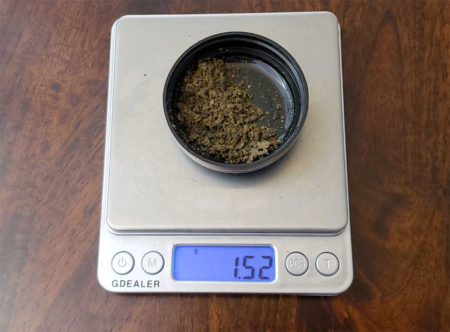
Hash rosin has a special place in the hearts of concentrate enthusiasts. What’s so special about hash rosin and why is it so expensive? Hash rosin (the most recent)Īfter going through any of these hash making processes, producing hash rosin requires an extra ‘squashing’ step to create a highly pure, potent product. Note that this isn’t the same as rosin because it’s not done with enough heat and pressure to squeeze out any oil. The result is a dense block of trichome resin. To make pressed hash, you take kief (or sometimes bubble hash) and place it under heat and pressure, usually with a mechanical press. The trichomes separate and fall to the bottom, to be further sifted, dried out, and collected.

The producer then agitates them, often using a machine.

Ice water hash, or bubble hash, extraction requires soaking cannabis nugs in ice-cold water.
Bubble hash vs rosin series#
To separate this dry sift from the cannabis plant, the extractor agitates the buds across a series of fine mesh screens, letting the trichomes fall through. Most smokers who grind flower will notice this gold dust collect in their grinder. "Kief" refers to the tiny crystal trichomes that form on the surfaces of buds. So, how exactly do you extract cannabinoids without solvents? There are four main ways in addition to the traditional charas method: Dry sift For the most part, those terms are used to describe solvent-based extracts, and solventless concentrates are often described specifically by how they were made. Their names, such as shatter, wax, or oil, generally refer to their texture and consistency. You can make nearly all types of concentrate through either solvent-based or solventless extractions. With growing consumer interest in extracts, chemists and amateurs alike experiment to see what they can get from the cannabis plant. There are several different ways to achieve this, and hash rosin is just one of them. Other concentrates are made by extracting the essential elements desirable elements of the plant without using a chemical solvent, which people are starting to call ‘SHO’ for solventless hash oil. Once this process is complete, the producer removes the solvent from the concentrate, usually through evaporation. It's part of a wider group of substances made by using a volatile chemical to separate the essential elements from the plant material. What is BHO?īHO is any weed concentrate produced using butane solvent extraction. While some solvent-free hash just wouldn't melt properly, rosin gave concentrate fans a clean, dabbable product with a better yield. Once Salazar shared his discovery with the cannabis community, they demanded more of this new, more potent form of full-spectrum hash oil. He noticed the bright flavor, intense high, and lack of residual melted resin. The second time he did this, Salazar tried dabbing the rosin. While he would've only expected his hash to melt, with extra accidental heat and pressure, he noticed oil beginning to escape from it. He wrapped the hash in parchment paper and squeezed it with a hair straightener to apply pressure. In 2015, Phil "Soilgrown" Salazar was experimenting with pressing mid-grade hash. Other smokers relied on concentrate made using solvent-based extraction methods - with butane hash oil (BHO) being the most popular - as it was more widely available. As these were often made in small batches, availability was limited. The evolution of hash to hash rosinįor the last 20 or 30 years, the best hash makers have been experimenting with new ways to create more potent, pure cannabis extracts.īefore 2015, weed lovers who wanted to toke on concentrates made without using solvents typically encountered ice water hash and dry sift, and occasionally charas, which is hand-rubbed from live plants. This weed product spread across Asia, Africa, and Europe, with the help of many pipes and edibles, for 1,000 years.

Hash rosin may be a relatively recent invention, but it comes from a much older method for extracting trichomes from cannabis - hashish.


 0 kommentar(er)
0 kommentar(er)
